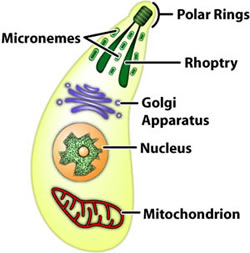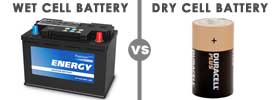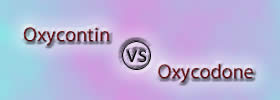Difference between Bacteria and Protozoa
Difference: Bacteria are single celled and prokaryotic organisms. They replicate in an asexual manner. They can be harmful as well as beneficial; it depends upon the type of bacteria. On the other hand, Protozoa are single-celled eukaryotic organisms having varied morphology and physiology. They can replicate through asexual and sexual reproduction.
 Bacteria are generally single celled microbes that do not have any nucleus. However, some species (primarily the cyanobacteria) of Bacteria are multicellular like Cyanobacteria. The classification of bacteria is usually based on morphology and biochemistry. The morphological characteristics include (1) shape and (2) the differential thickness of their cell wall.
Bacteria are generally single celled microbes that do not have any nucleus. However, some species (primarily the cyanobacteria) of Bacteria are multicellular like Cyanobacteria. The classification of bacteria is usually based on morphology and biochemistry. The morphological characteristics include (1) shape and (2) the differential thickness of their cell wall.
There are three main types of bacterial shapes :
- Coccus(spherical)
- Bacillus(rod-shaped), and
- Orspirillum (helical-shaped)

Protozoa fall under the kingdom of Protista together with the plant-like algae and fungus-like water molds and slime molds. They are too small to be seen with the naked eye. Most of them are around 0.01-0.05 mm. They tend to act like animals. Protozoans can be divided into 4 major subgroups like:
- Amoeba-like protozoans (called the Sarcodines)
- Flagella-bearing protozoans (called the Mastigotes)
- Cilia-bearing protozoans (called Ciliates)
- Apicomplexans (which used to be called the Sporozoans)
Ameba and Flagella- bearing are grouped under Sarcomastigotes because they share many attributes.
The characteristics are listed below:-
|
|
Bacteria |
Protozoa |
|
Structure |
Most Bacteria consist of a ring of DNA surrounded by cellular machinery, contained within a fatty membrane. |
Protozoa are single celled organisms and consist of a true nucleus containing chromosomes (composed of DNA). |
|
DNA enclosed |
No membranous envelope. |
Yes, a membranous envelope is present. |
|
Membrane-enclosed organelles |
No |
Present such as mitochondria and digestive vacuoles etc. |
|
Type |
Prokaryotes |
Eukaryotes |
|
Adapted to living in extreme conditions |
Yes, are extremophiles |
No |
|
Presence of true nucleus |
No |
Yes |
|
Body size |
Comparatively less |
Comparatively high |
|
Feeding |
Bacteria feed on dead animals and plant materials making it decay. This recycles nutrients. |
Protozoa feed on bacteria and other smaller microbes by engulfing and then digusting them. |
|
Shape |
Come in three different possible shapes Cocci = sphere shape Bacilli = rod shape Spirella = spiral shape |
A wide variety of shapes and sizes. Some are elongated, while some are oval. |
|
Example |
Lactobacillus, nitrogen-fixing bacteria, Bifidobacterium, Helicobacter pylori, |
Amoebas, Paramecium |
|
Usefulness |
Some are useful |
Some are useful, parasite Protozoas can be harmful |
|
Diseases Caused |
Cholera, tuberculosis, lyme disease, pertussus, salmonella, staph infections, strep throat, leprosy, tetanus, diptheria, E.coli, flesh eating (necrotizing fascitis), etc. |
Malaria, dysentery, Giardia (an intestinal disease), etc. |
|
Source of Energy |
Seize energy from the same essential sources as humans, including sugars, proteins, and fats. |
Some protozoa are photosynthetic. They can also be autotrophic or phototrophic. |
|
How they are transmitted |
Direct contact with an infected person Contaminated food or water (Salmonella, E.coli) Dirty objects (tetanus) Infected animals (rabies) |
Transmission of protozoa that live in a human occurs through a fecal-oral route (for example, contaminated food or water or person-to-person contact). Protozoa that live in the blood or tissue of humans are transmitted to other humans by an arthropod vector (for example, through the bite of a mosquito or sand fly). |
|
Reproduction |
Bacteria reproduce through binary fission, they split into two cells. |
Most Porotozoans reproduce asexually and sexually during their lifetime. |
|
Motility |
Move through the environment using a structure known as the flagellum. |
They can move by the use of pseudopods, cilia and flagella. |
Image Courtesy: assignmentpoint.com, peer.tamu.edu









Add new comment